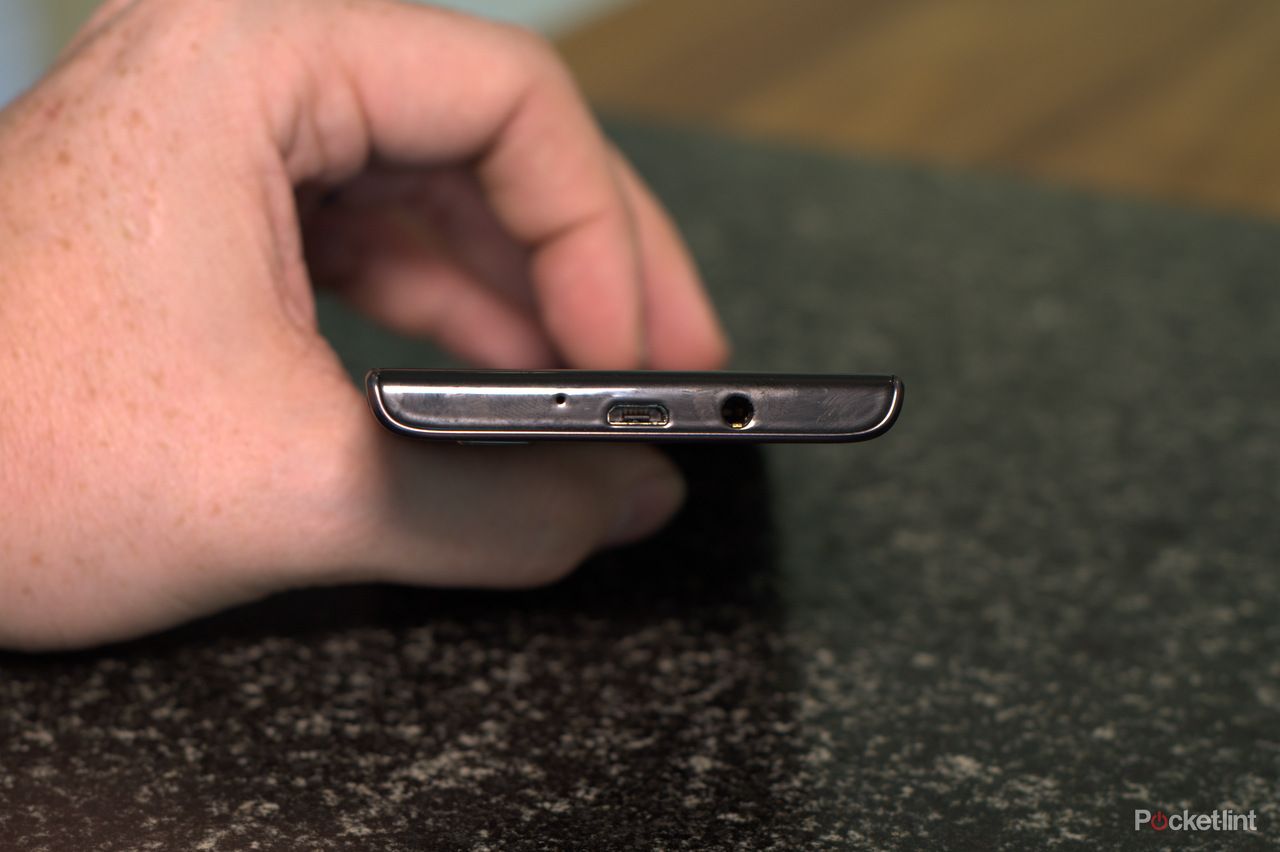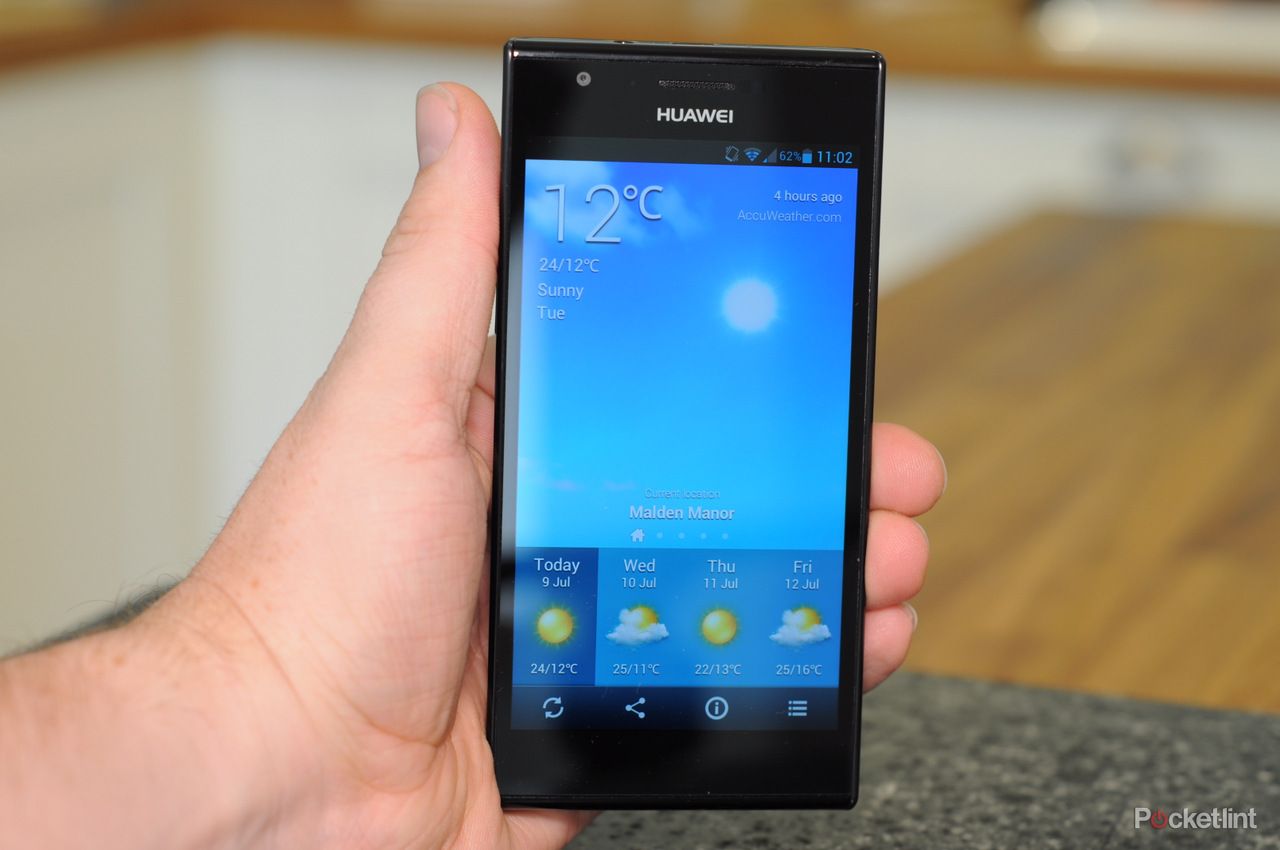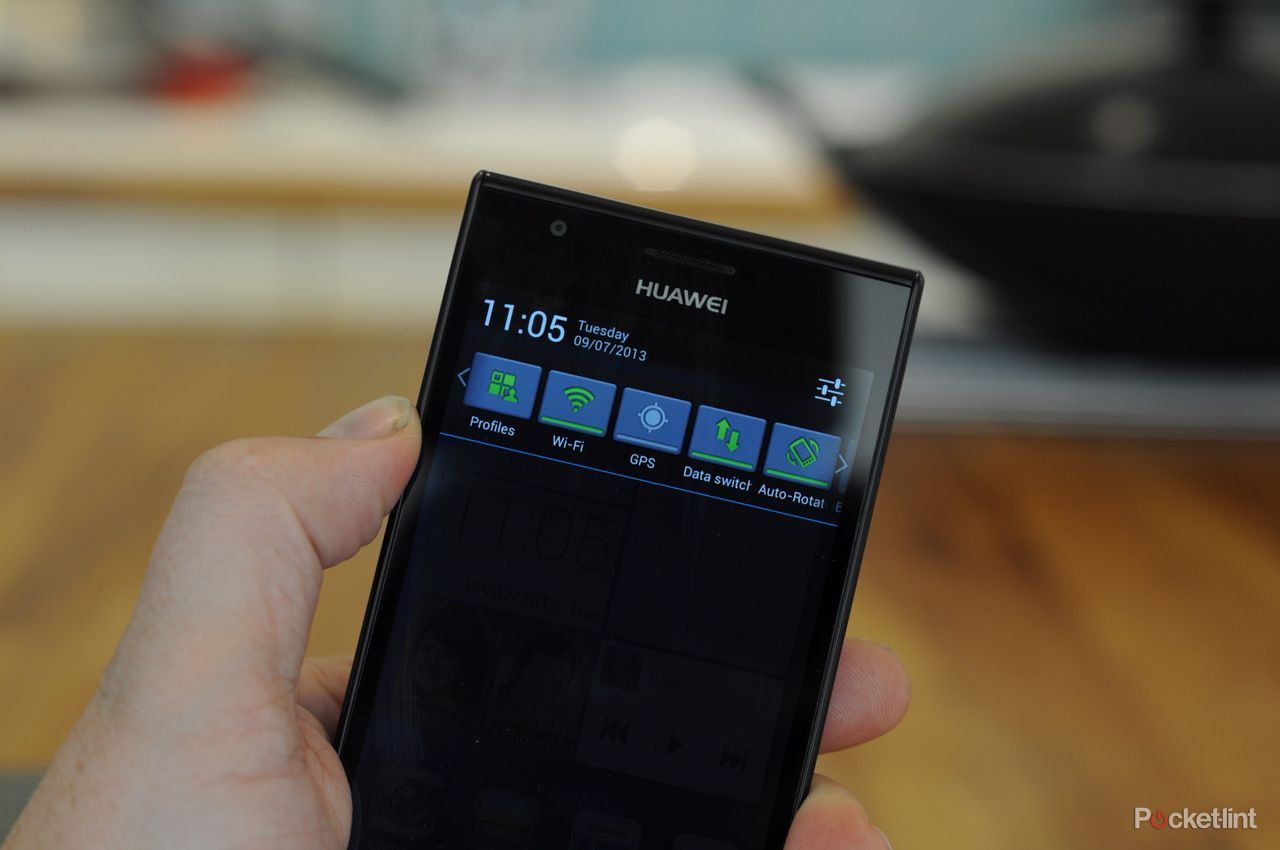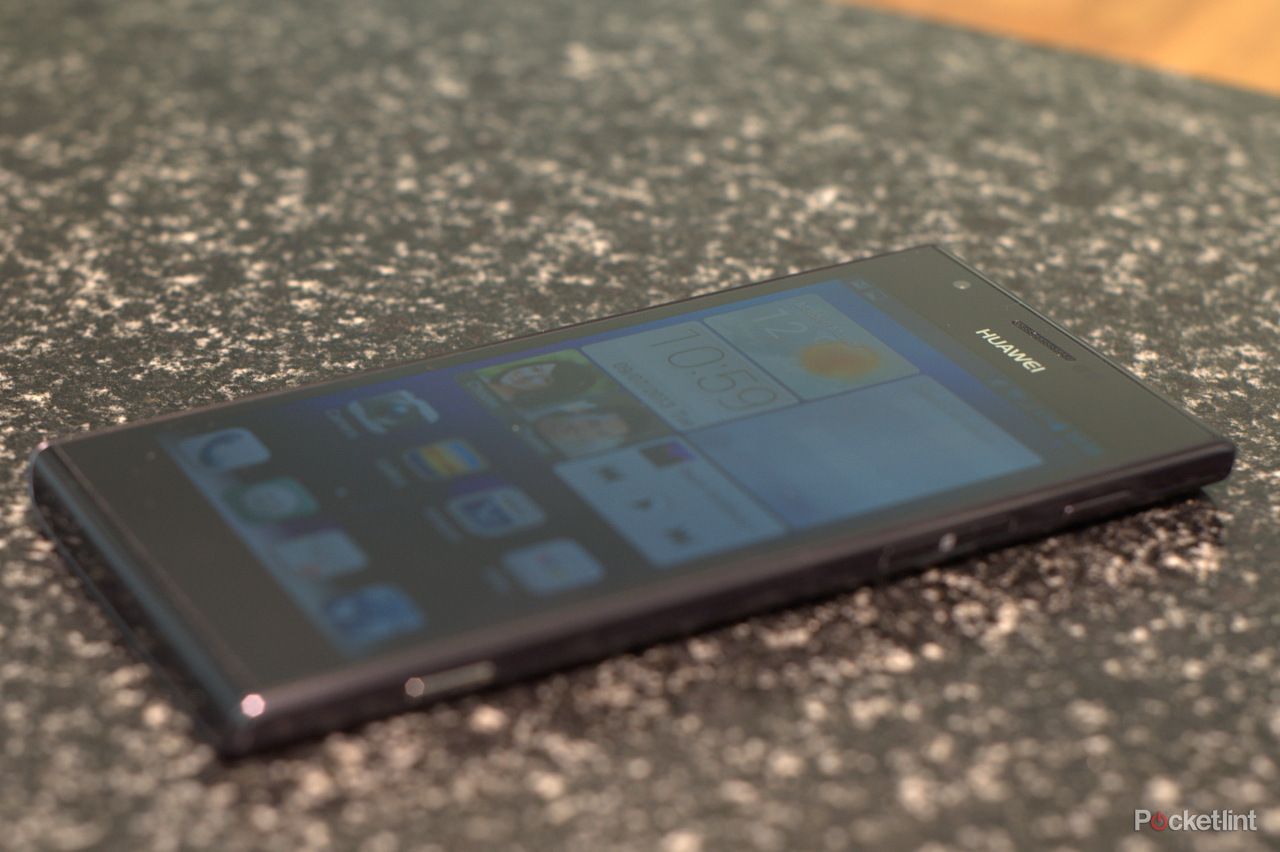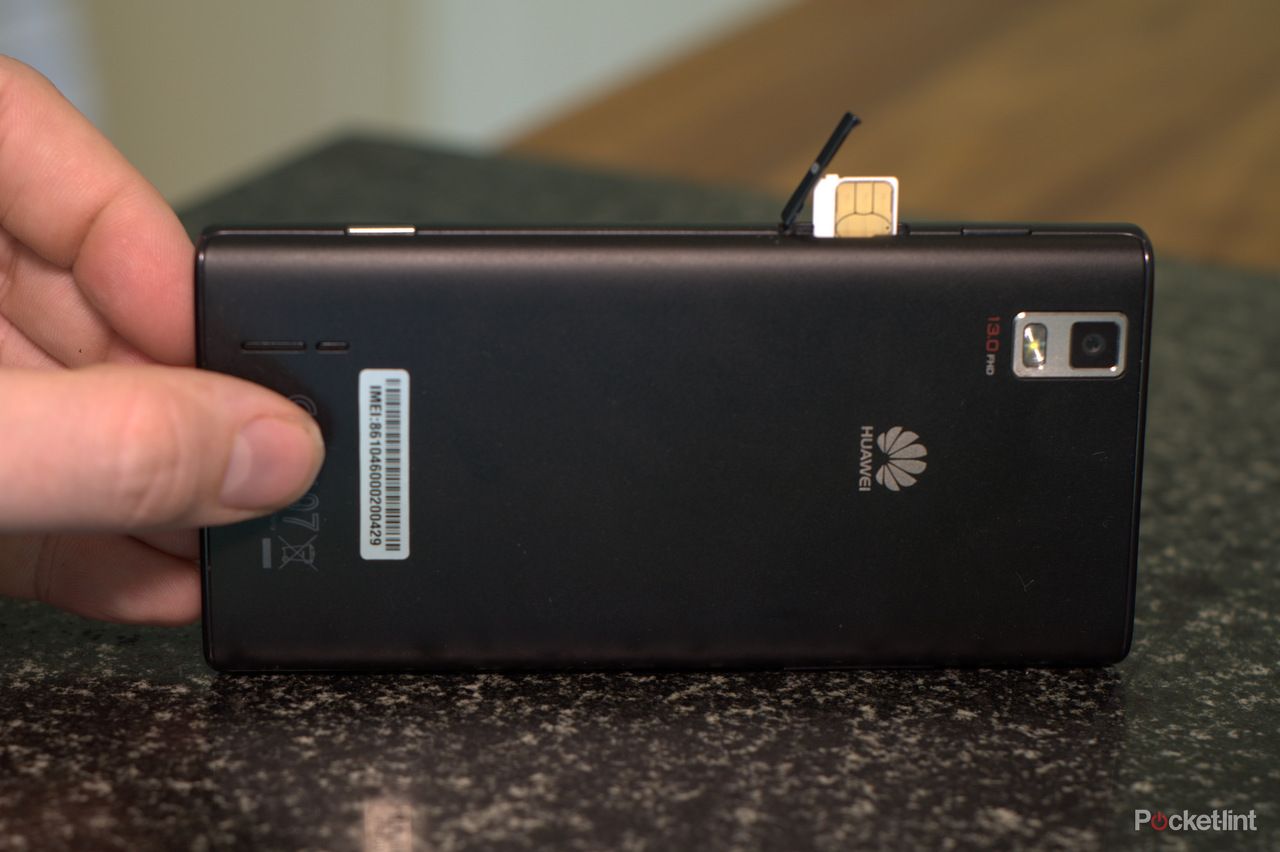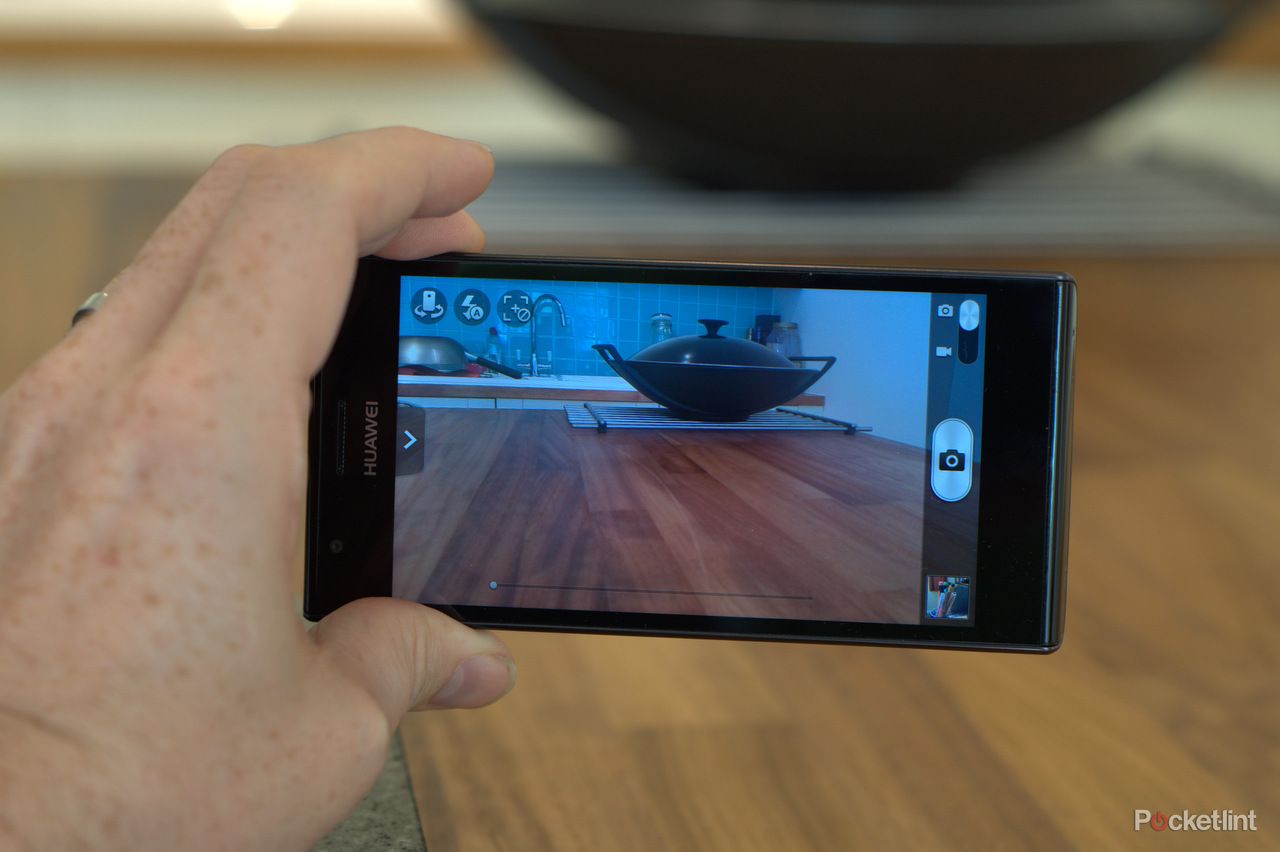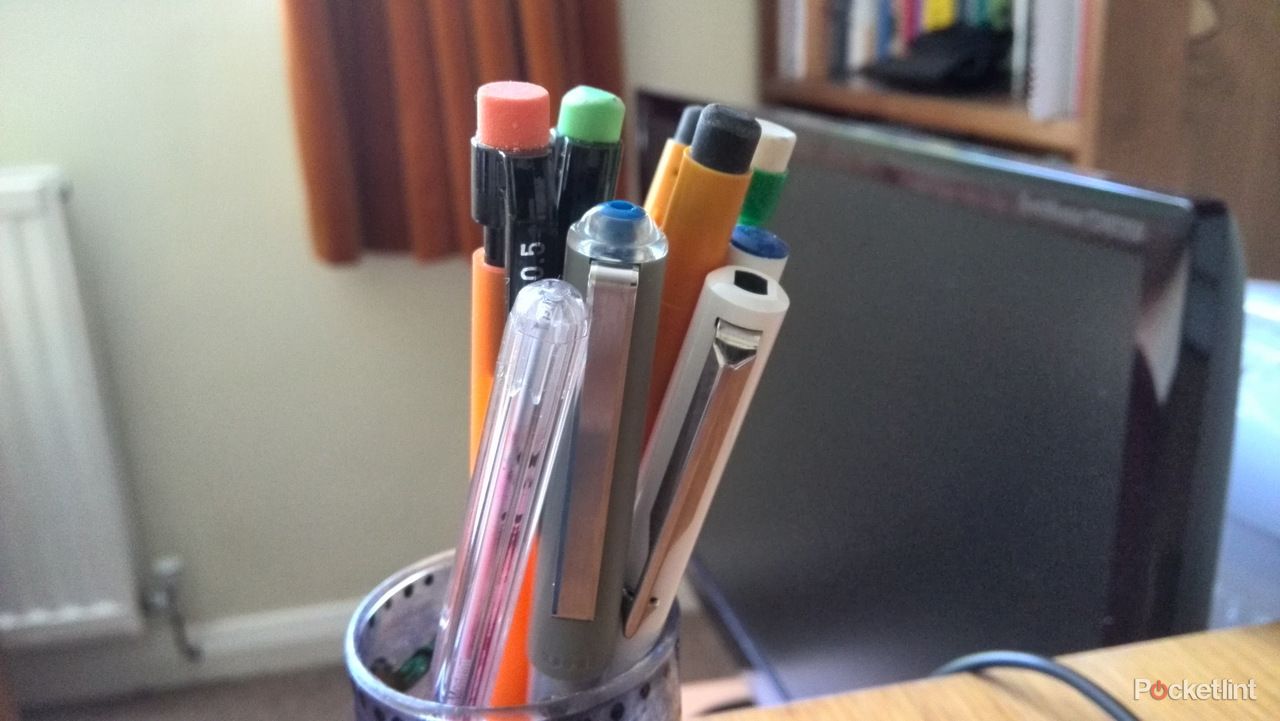The Huawei P1 was a phone we very much liked. It took Huawei away from its fairly safe designs and into uncharted territory. A bold step for a company quite new to selling phones to consumers, and one that worked well
Our quick take
Small, light, pleasant to look at and packed with a decent screen and powerful processor. On the surface, the Huawei looks like the perfect purchase for many. The truth, however, is that it doesn't quite meet the spec with its performance. There's more lag here than we'd expect, and the phone never feels all that nippy.
Even so, it remains a good choice in the mid to high-mid market. If you want more excitement, then perhaps look to one of Apple or Samsung's older phones, like the SGS III or the iPhone 4/4S. These all cost about the same now, but offer a more premium feel.
There's simply nothing wrong with the P2, but it just doesn't offer some of the extra features and glamour that other handsets have. Combines with the lag, that deprives it of a half-star. But, the good news for Huawei is that the P3 could offer enough to really win it some fans, as long as it's able to keep the price in check.
The phone we reviewed here was kindly supplied by Three, and was connected to its superfast network.
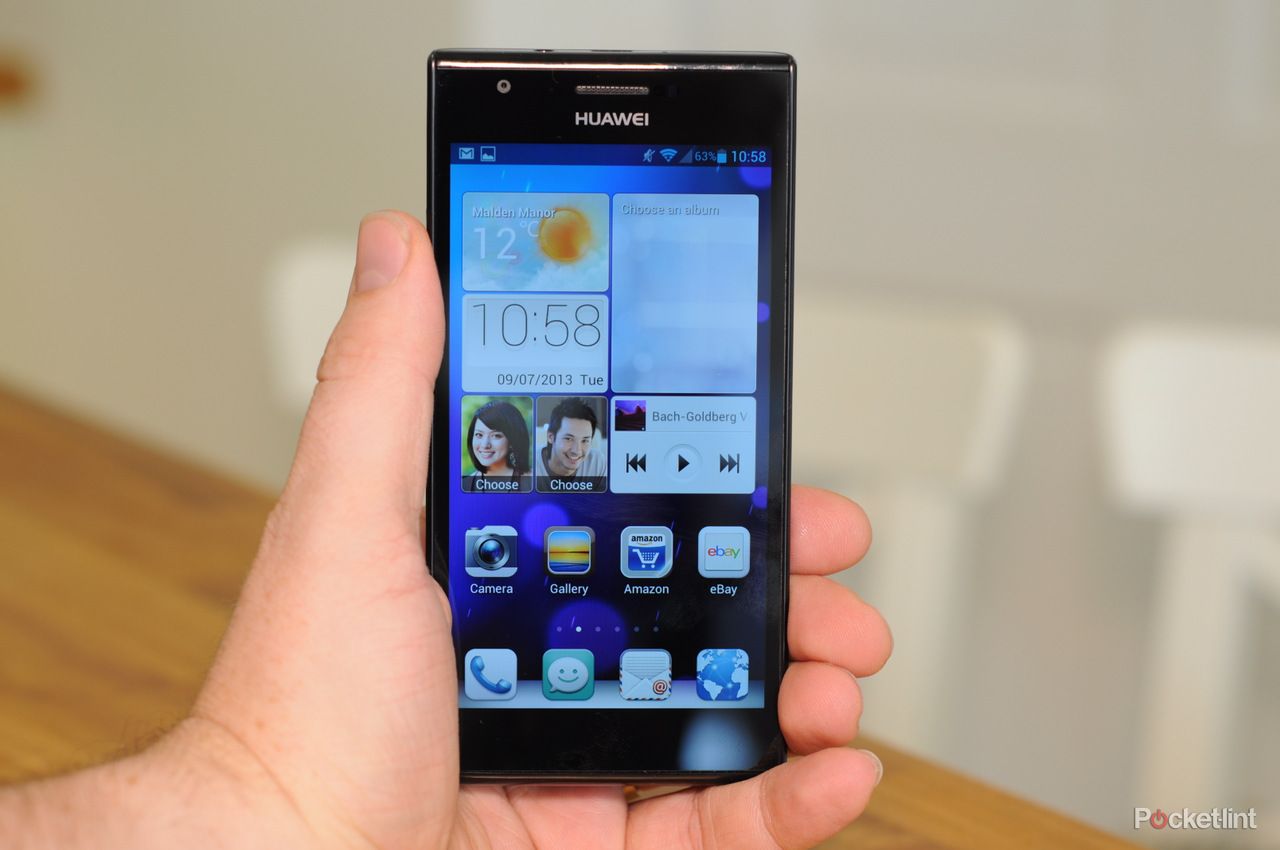
Huawei Ascend P2 - 4.0 / 5
| FOR | AGAINST |
|---|---|
|
|
Huawei Ascend P2
The P2, is, as you would expect, a spec jump phone. It doesn't reinvent anything - look at the P6 for that - but it is, once again, Huawei's version of the Samsung Galaxy S, a phone that gets incremental updates each year and is aimed mainly at the mass-market.
We took a look to see how it stacks up against numerous Android competitors and to work out if it's the sort of phone we'd want to live with long term.
Design
Without holding both phones in our hand, the P2 looks a lot like the P1. It's got the same rough shape, and approximately the same aesthetic. There are differences, the back for example is now flatter and the colour options are now just black, or white. This handset also uses quite a lot of new technology, so it's indisputably a different handset.
On the back, there is a camera and LED flash, along with a speaker grille. You can't remove the back cover, so the battery can't easily be swapped when it reaches the end of its life, or when it's flat after a long day.
On the left side, there's a volume rocker, the top houses the USB socket and headphone jack. While the right-hand side there is a power button, micro-SIM socket and a dedicated camera button.
At the bottom, there's a tiny hole behind which lives the phone's microphone. There's another of these at the top, which presumably is for the noise-cancelling system, which is new to the P2.
While there's not a lot here to adore, there's also nothing to dislike. This is still a safe phone - Huawei mostly likes to play it safe - and it's the sort of handset we can see people getting from a service provider, and being very happy with for a couple of years.
Limited storage
Eagle-eyed readers might note that there's no microSD socket anywhere on this phone. That means you're very much stuck with the internal storage. On this device, that means you get 16GB of capacity to store apps, music and video. As with all phones though, the operating system sits on this capacity too, and that means you get just 12GB of usable space.
We generally forgive limited space when a phone has a microSD card slot too, because you can easily use that for music, photos and videos, but here we're forced to look at it as very limiting. And having just had to do a clear out of our Note II because we'd used all the internal space on apps and Spotify music, we can honestly say that you need a lot more capacity than this phone comes with.
User interface
The P2 uses Huawei's "Emotion UI" which amounts to some modest tweaks to the look and feel of Android. It's actually not a bad set of changes either, to be honest. For example, the menus are redesigned and have a clean white look to them with smart little "slider" buttons. It's a modest adjustment, but it does make Android look like a geek's wet dream, and more like something the rest of us might want to use.
As with other Emotion UI phones, you don't get an app "tray" as such. What we mean by that is a storage area for shortcuts to all your apps. Instead, shortcuts are created on your home screens. This means the home screens feel a bit more cluttered, but it cuts down on pointless repetition, something that we've found annoying since later versions of Android automatically create an icon for every installed app, and place it in a free slot on one of your home screens.
Huawei provides its own virtual keyboard, and it can auto-correct your spelling failures with reasonable ease. We generally prefer to use the Google keyboard though, and will usually disable the Huawei one. Honestly, you won't have too many problems with it, but it's just not as clear and easy to type on as the more sparse Google version. And with Google's keyboard offering "swipe-to-type" now, we can't see much point in using anything else.
Huawei provides a decent amount of tools and apps with its phones. There's a back-up program that's really easy to use, and very handy. We also like the fact the firm bundles a "torch" app, which most phones don't have. There's an FM radio too, something we're always very happy to see, and there's even an office suite included too - Kingsoft Office, in this case.
Power and performance
There's a fair chunk of power included with this phone. It runs on a quad-core processor clocked at 1.5GHz and is controlled by one of Huawei's own chipsets. It also has 1GB of RAM, which is about the right amount for a mid-range smartphone.
Given that, we found its performance in normal situations to be somewhat lacking. The home screens, for example, don't feel all that responsive at times. At boot, the whole thing is a hot mess with apps taking ages to appear, and icons missing for seconds at a time while the phone catches up. This is a similar problem to that we saw on the P6 too.
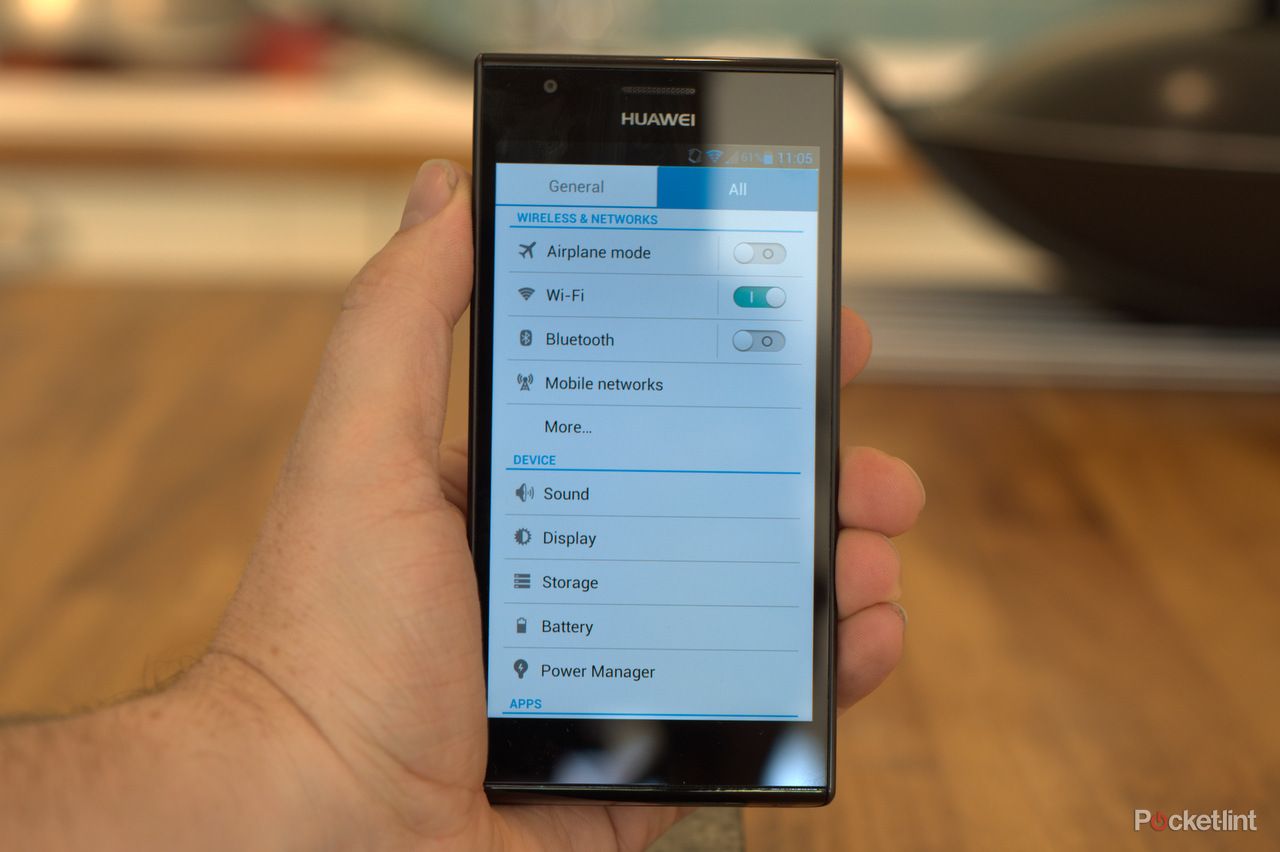
We aren't sure what the problem is, exactly, but we can't help wonder if there needs to be some optimisation of the firm's UI, as it could be this that's causing lag on such capable hardware. We wonder what would happen if there was a way to strip out the Emotion UI and just use stock Android.
Still, we don't modify phones for review, as that would defeat the point of the review, so we were stuck with its slightly miserable slowdowns. These weren't constant, but they happened often enough to remind us we weren't using an HTC or Samsung device.
The phone comes with Jelly Bean installed, but it's not the latest version of that operating system - which confusingly includes both 4.1 and 4.2. This isn't a big deal though, and Android 4, 4.1 and 4.2 are all decent operating systems.
Screen
The screen is really rather clear and crisp, which we were pleased to see. And at 4.7-inches with a resolution of 720x1280 it has a decent pixel density of 312ppi too. To look at, it's certainly a very solid screen.
That's something of a step up from the P1, which used an AMOLED display. While we do like some OLED screens, the general rule of thumb is that they're not great for colour accuracy, and LCD screens like the one found on the P2 are generally better. This is an IPS screen too, so the viewing angles are improved as well. Visibility outside is okay too, and the screen can push out a decent amount of brightness when it needs to.
Whatever its specs though, the screen is one of the highlights. It just looks great, and the resolution really lifts the phone from feeling budget, to having a premium whiff about it.
Call quality
As with the P1, we have to say we find ourselves surprised and pleased by the call quality on the P2. Calls we made were crystal clear, and there was plenty of volume to them. There were no complaints from the other side either, meaning that the noise cancelling system is doing a good job.
We don't use our phones for calls anymore, but it's good to know that when we do need to do so, it all works brilliantly.
Battery life
The battery is a 2400mAh cell, which is a decent chunk of power for a phone like this. Most users should easily get through the day, depending on how much they use it to watch YouTube videos on the train, but the firm certainly hasn't cheaped-out on the capacity here.
It is a shame that the battery isn't user replaceable, but we suppose this is just an inevitability with modern handset design. If you don't like it, Samsung is pretty much the only manufacturer that has stuck to offering users the chance to change batteries, or carry a spare.
Camera quality
The P2's camera is not a disgrace either. We took some indoor snaps in reasonable light, and they came out quite well. They lack some colour, and can seem a bit washed out, but they're not bad, and the detail is much better than cameras that sit in the sub-£200 category. In low light, we noticed that there was a decent amount of noise, but this is mostly suppressed by the camera's software, it is, however, still possible to see grain on images shot in restricted light.
Video too is actually fairly impressive. it's 1080p at 30fps, but those numbers don't mean much besides being arbitrary specifications. That said, there was plenty of detail in the video, and motion was smooth. This would certainly appeal as a phone to the social-media crowd who want to Vine their whole lives.
Both video and photos suffer with light interference from bright light sources that are either just in frame, or just out of it. This is a very common sight with phone cameras, and while it's a bit annoying, there are very few cameras on phones that have lens arrangements that can prevent this from happening.
The autofocus is reasonable, but not amazing, but tapping the screen should help you get what you want in focus with reasonable ease. There are some good options too and you can apply filters to your photos too, should you be of the Instagram mentality.
Huawei Ascend P2
To recap
This is the phone that people who want a bit more than entry-level phones offer, but who aren't prepared to pay £600+ for a handset. The P2 is a nice enough phone that excels at making phone calls and is a overall solid performer. Just don't expect edge of your seat excitement.

